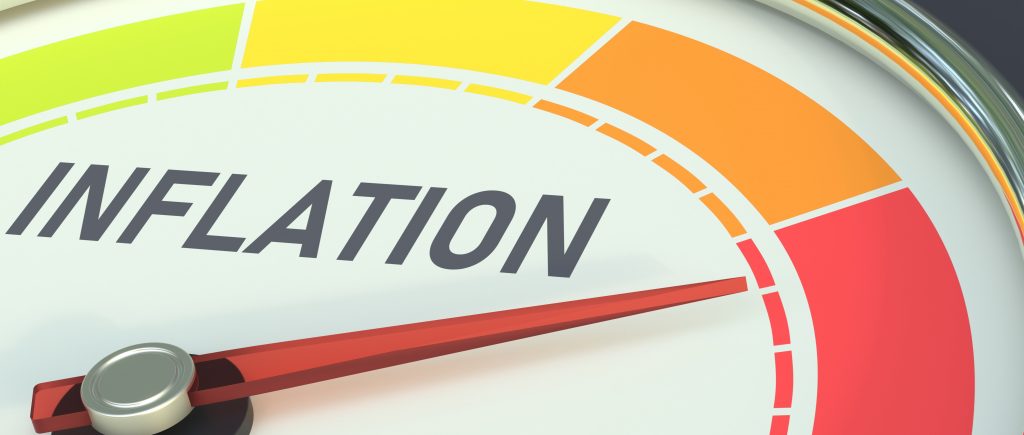Inflation Meets Expectations: In May 2025, U.S. inflation aligned closely with forecasts, offering a moment of stability amid economic uncertainty. The Personal Consumption Expenditures (PCE) index, favored by Federal Reserve Chair Jerome Powell for its reliability, rose 0.1% month-over-month, matching both the prior reading and market expectations. Annually, the PCE index edged up to 2.3% from 2.2%, precisely as markets predicted. This steady pace suggests inflation is neither surging nor stalling, but the question remains: is this calm sustainable?
Core Inflation Signals Caution
Excluding volatile food and energy prices, the core PCE index climbed 0.2% in May, slightly above the expected 0.1% and the previous month’s 0.1%. On an annual basis, it rose to 2.7% from 2.6%, meeting market forecasts. This uptick in core inflation hints at persistent price pressures beneath the surface. For instance, a small business owner in California might still feel the pinch of rising supply costs, even as headline inflation appears tame.
Income and Spending Falter
Personal income growth slowed sharply to -0.4% in May, down from 0.7% and worse than the expected 0.3%. Personal spending also weakened, dropping to -0.1% from 0.2%, missing market forecasts of 0.1%. These declines signal consumer caution, potentially dampening economic momentum.
What’s Next for Policy?
With inflation steady but consumer activity cooling, Federal Reserve policymakers face a tightrope. Persistent core inflation may deter rate cuts, while weakening income and spending could prompt action to spur growth. The path forward hinges on whether these trends hold or shift.

 Noor Trends News, Technical Analysis, Educational Tools and Recommendations
Noor Trends News, Technical Analysis, Educational Tools and Recommendations




